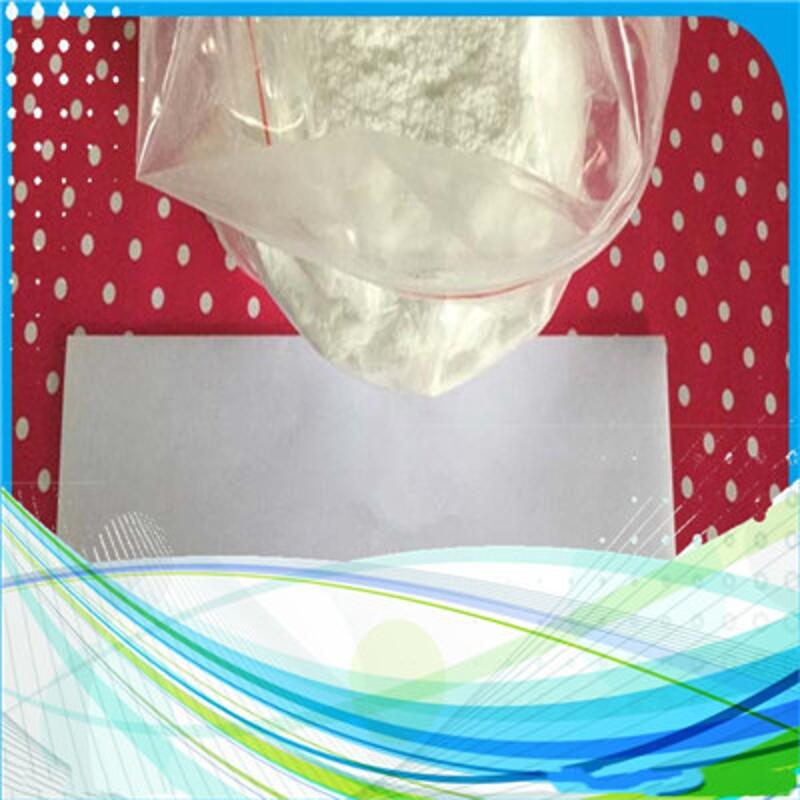-
Categories
-
Pharmaceutical Intermediates
-
Active Pharmaceutical Ingredients
-
Food Additives
- Industrial Coatings
- Agrochemicals
- Dyes and Pigments
- Surfactant
- Flavors and Fragrances
- Chemical Reagents
- Catalyst and Auxiliary
- Natural Products
- Inorganic Chemistry
-
Organic Chemistry
-
Biochemical Engineering
- Analytical Chemistry
-
Cosmetic Ingredient
- Water Treatment Chemical
-
Pharmaceutical Intermediates
Promotion
ECHEMI Mall
Wholesale
Weekly Price
Exhibition
News
-
Trade Service
Recently, Professor Han Heyou of the National Key Laboratory of Agricultural Microbiology at Huahua Agricultural University published a research paper entitled "Cobalt Ferrite Nanozyme for Efficient Symbiotic Nitrogen Fixation via Administration Reactive Oxygen Metabolism" at Environmental science-nano.
paper reports on an antioxidant cobalt ferric acid nanoenzyme (CoFe2O4-NPs) and analyzes its mechanism of action in regulating the synergies of symbiotic nitrogen fixation in soybeans.
the use of chemical nitrogen fertilizer has played an important role in supplementing crop nitrogen nutrition, improving crop yield and ensuring food security, but in recent years, its contradiction with ecological environment and sustainable agricultural development has become increasingly prominent.
, it is imperative to seek a new source of resource-efficient and environmentally friendly nitrogen.
Bio-nitrogen fixation, which provides 75% nitrogen to plants worldwide, is one of the major basic research topics in the life sciences and plays an important role in the production practice.
in nature, bio-nitrogen fixation is catalyzed by nitrogen fixation enzymes, an enzyme complex that contains iron-molybdenum cofactors (FeMo).
is very sensitive to reactive oxygen (ROS), excess ROS can make nitrogen fixation enzyme irreversible inactive, so the reasonable regulation of ROS plays a decisive role in the symblosis nitrogen fixation efficiency of root tumor bacteria-bean plants.
Han Heyou's team used simulations to build natural nitrogen fixation systems and introduced functional nanoenzyme comparison studies that found coFe2O4-NPs had excellent peroxidase activity (Figure 1).
Through the introduction of CoFe2O4-NPs nanoenzyme in the nitrogen fixation system, it can effectively relieve the oxidation stress of ros to nitrogen fixation enzyme produced by the nitrogen fixation process, and increase the accumulation of bean hemoglobin, providing a better environment for the parasitics of the root tumor bacteria, thereby increasing the parasiticity of the root tumor bacteria, and ultimately achieving a significant increase in the activity of the nitrogen fixation enzyme.
In this study, the researchers first verified the in-body activity of CoFe2O4-NPs nanoenzymes and found that at low concentrations, CoFe2O4-NPs showed excellent peroxidase activity, the fitted rice constant confirmed its enzyme activity, and reactive oxygen staining experiments further confirmed its ability to remove ROS (Figure 2).
CoFe2O4nase's effects on the biological activity of the genosome and nitrogen-fixing-related gene expression were found to significantly increase the density of the genosome through microseeding and bacterial vitality staining and transmission of electron lens silettes.
further analysis of the expression of the relevant nitrogen-fixing functional genes (GmnifA, GmnifD, GmnifH, GmnifK) confirmed that the gene expression of the root tumor bacteria was increased under CoFe2O4-NPs treatment conditions (Figure 3).
CoFe2O4-NPs nanoenzyme effects on ROS content Researchers also observed one-and-a-side aspects of the root tumor and quantitative analysis of bean hemoglobin during the development of the root tumor, and found a significant increase in the accumulation of bean hemoglobin;
study is another new development in the study of carbon-based nanoenzymes promoting symbicated nitrogen fixation in legumes (Nanoscale, 2017; 9: 9921-9937), which provides new ideas for promoting legume tumors and further broadens the application prospects of nanoenzymes in agriculture.
()







